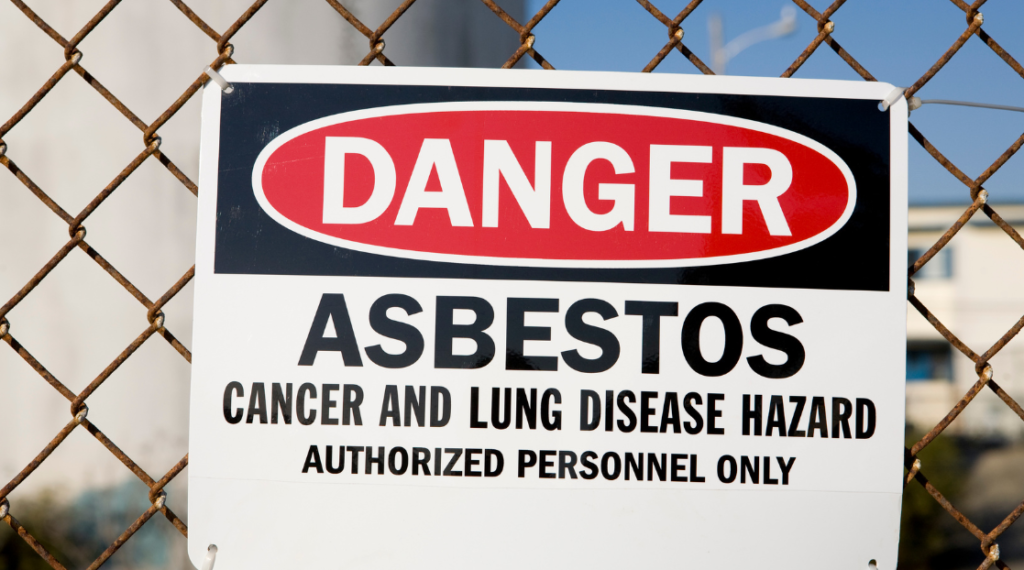Designated Substances

A designated substance is defined by the Ministry of Labour under the Occupational Health and Safety Act as “a biological, chemical or physical agent or combination thereof prescribed as a designated substance to which the exposure of a worker is prohibited, regulated, restricted, limited or controlled.” An exposure means exposure by inhalation, ingestion, skin absorption or skin contact. Designated substances include the following hazardous materials.
- Acrylonitrile
- Arsenic
- Asbestos
- Benzene
- Coke Oven Emissions
- Ethylene Oxide
- Isocyanates
- Lead
- Mercury
- Silica
- Vinyl Chloride
Some of these substances are present at Carleton University in our research laboratories and in the construction materials of some of the buildings on campus.
Regulation 490, Designated Substances identifies the requirements if these substances are present in the workplace. The employer must review the work procedures/methods and assess the likelihood of worker exposure. When there is likelihood of worker exposure, a control program must be instituted that includes engineering controls, work practices, hygiene practices, record keeping and medical surveillance, if applicable.
The Joint Health and Safety Committee (JHSC) must be consulted with regard to both the assessment and the control program.
When a designated substance is present in the workplace, the supervisor must complete an assessment of the use of the substance. This assessment is to determine if a health hazard exists for workers and whether or not a control program is required. The assessment will include the following:
- information regarding the use, handling, storage and disposal of the designated substance
- actual and potential exposure of workers to the substance
- methods and procedures required to control that exposure
The completed assessment must be sent to Environmental Health and Safety for consultation with the Joint Health and Safety Committee.
If there is a change in a workplace or in the procedures that could result in a significant difference in the exposure of a worker to a designated substance, the employer shall promptly carry out a further assessment.
For questions or assistance, contact the Environmental Health and Safety Office at ehs@carleton.ca or ext 3000.